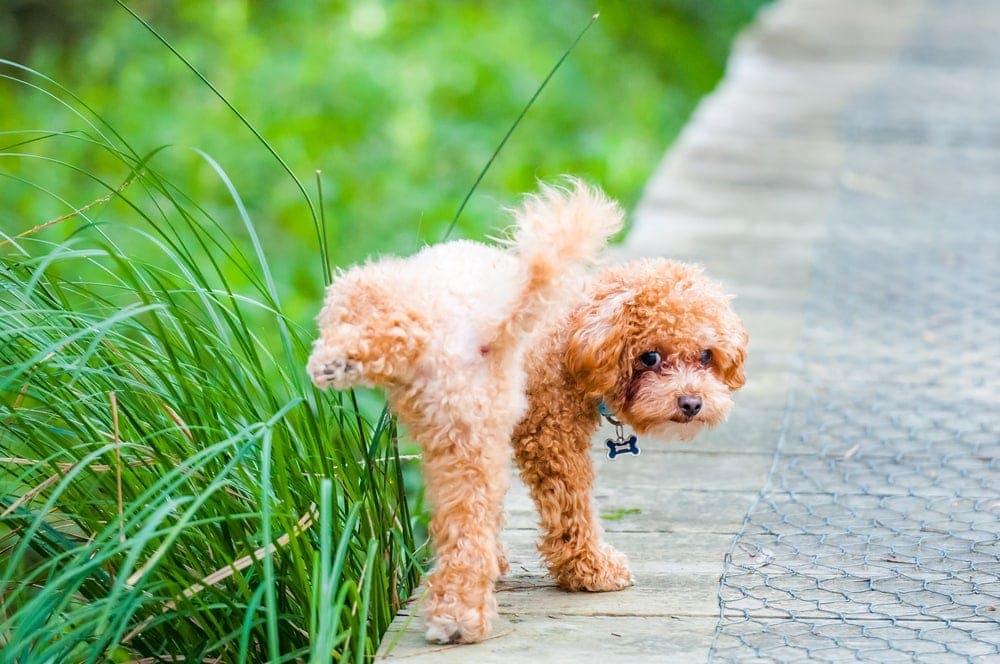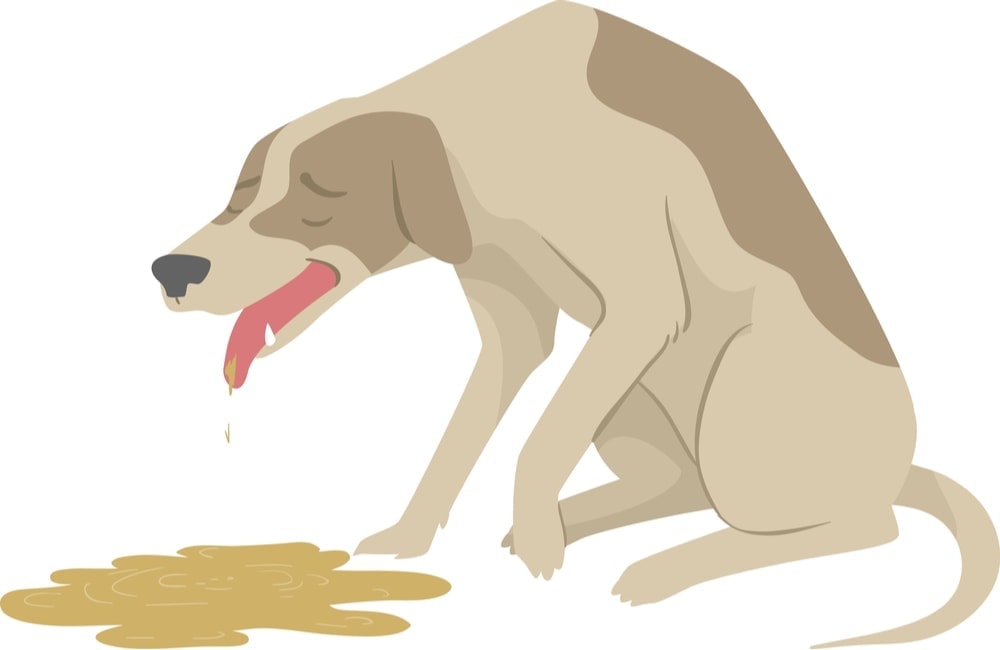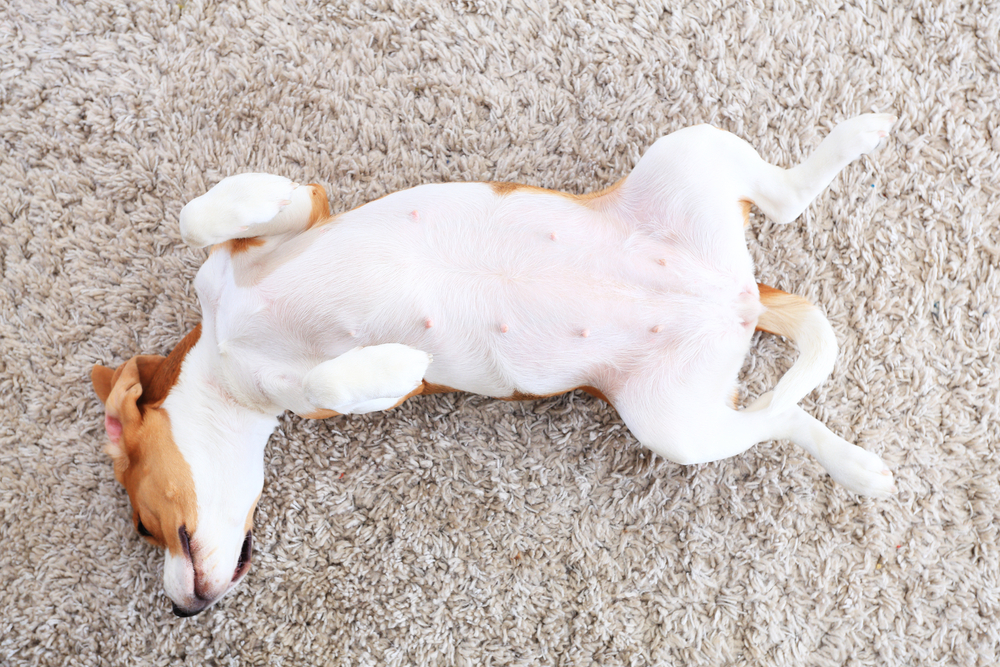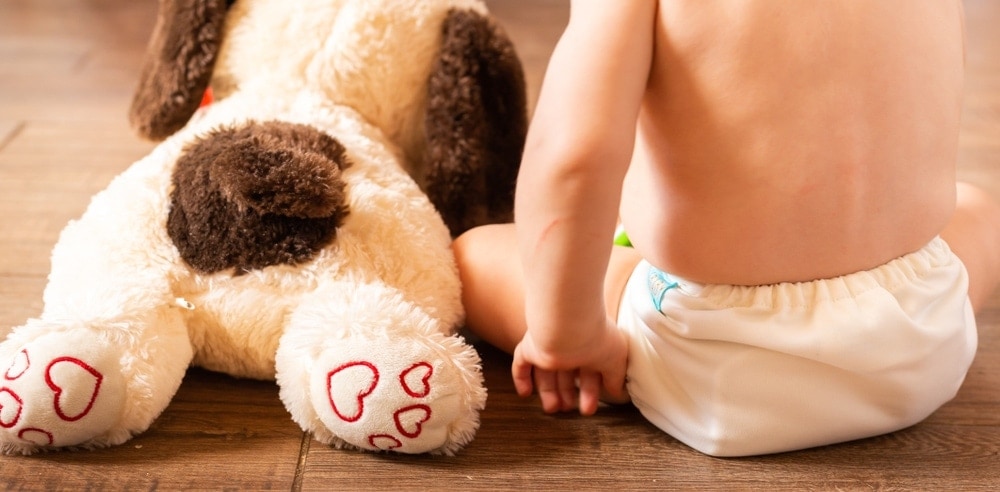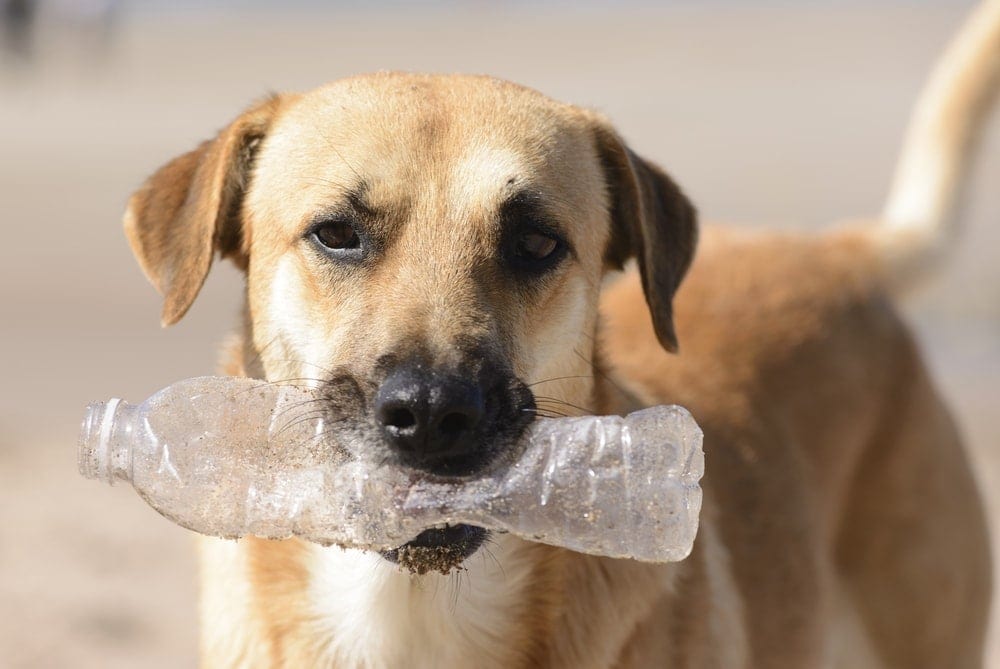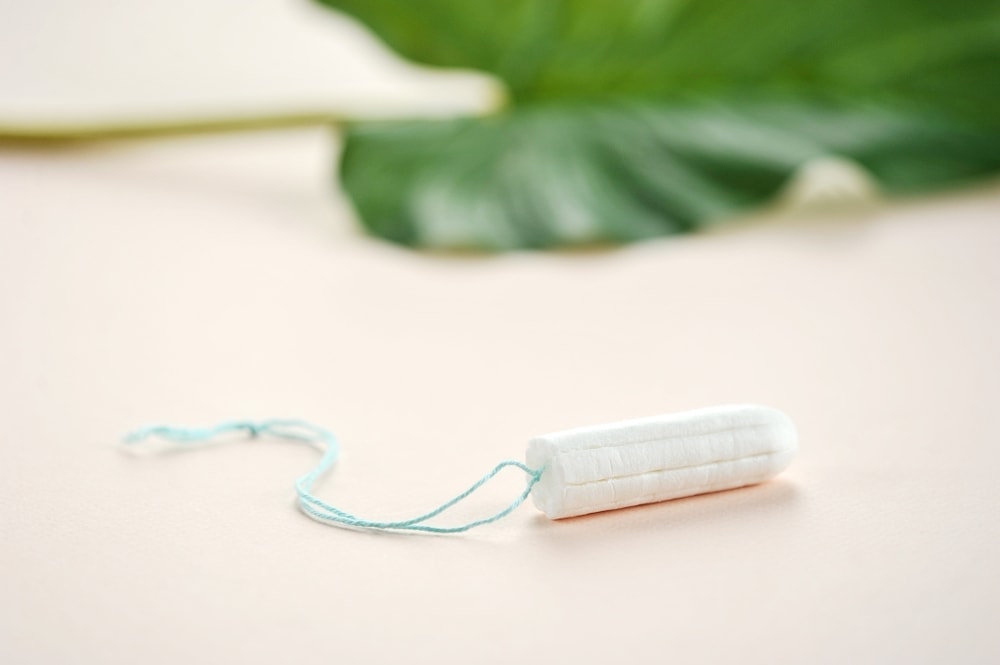Are you worried because your dog hasn’t peed for 24 hours? Here are 5 possible reasons why this could happen. Don’t panic, but keep a close eye on your furry friend and contact your veterinarian if the problem persists.
The frequency of urination in dogs will depend upon different factors, such as the sex of the dog, the health of the dog, the body size of the dog, the medications it’s taking, and even the temperature outside.
The fact is that this is not a normal amount of time for a dog to go without urinating at all. The problem of a dog not peeing is the same serious issue as a dog not pooping. Of course, the best option is to visit the vet and check your dog but if you want to have some ideas about what’s going on we read this article. So what are the most common reasons why your dog hasn’t urinated for 24 hours?
The main reason’s why your dog doesn’t urinate for a long time are obstruction, stress, and dehydration. In some rare cases, it can unfortunately also be caused by a urinary tract infection or even a tumor.
If you notice that your canine friend has not peed once in a 24-hour period or that it is struggling or straining to urinate during bathroom breaks, you should call your vet doctor immediately. Among the problems it can be prostate issue or kidney failure.
Keep in mind that dogs after surgeries or taking new medications such as antibiotics can also have a lack of urine but better not to take risks and double-check by calling your vet.
In this guide, we will show you more of these reasons in detail and teach you everything else you need to know when your dog won’t pee.
How Often do Dogs Urinate?
The amount of time that a dog can go without urinating depends on a number of factors, including its age and breed. Puppies need to urinate every couple of hours or so, whereas adult dogs can go up to eight hours without peeing.
A puppy typically has to urinate 15-20 minutes after drinking some water from its bowl. Senior dogs don’t typically need to pee as often as puppies, but they need to do it more often than younger adults.
You should take your adult dog out to urinate at least four times each day. Keep in mind that smaller breeds have to pee more frequently than larger ones. This is simply because their bladder isn’t as big. And males keep spreading their urine all around the route of the walk.
Reasons why your dog has not peed for over 24 hours
There are a number of potential causes of your dog’s urinary retention that you should explore. This could be a sign of a serious condition that requires immediate treatment.
1. There is an Obstruction
One of the possible explanations for your dog’s urinary retention is that there is some sort of obstruction. This could be anything from a blood clot to bladder stones. If something is obstructing your dog’s urethra, they probably won’t be able to urinate properly. It can also cause severe pain when urinating.
Sometimes minerals build up in a dog’s urinary tract, which makes it impossible for them to urinate. While this is not uncommon, it can seriously affect your dog’s overall health. Your veterinarian can run tests to see if there is anything obstructing your dog’s urethra. Simple and harmless tests such as urinalysis and ultrasound will show if your pet has it or not.
Stones in the kidneys might cause urine blockage, blood in urine, and urine blockage. This disease is frequently coming with pain that can’t be unnoticed by the pet owner.

2. Urinary Tract Infection (UTI)
There is also a possibility that your dog has a urinary tract infection. While some pups with this type of infection urinate frequently, others barely pee at all. It can cause your dog a lot of discomforts, so it is important that you get it taken care of immediately.
This is another condition that can produce blood in urine, so there are other symptoms you should look out for to contact your vet. Your dog may also drink a lot more water than usual.
3. Stress
Sometimes extreme stress inhibits a dog’s ability to urinate normally. It is possible that your dog hasn’t urinated in 24 hours because it is very nervous or anxious. This is particularly common when other much larger dogs are around.
If you have recently brought home any new dogs, they might have problems be nervous to urinate around them. Being suddenly put into a new environment can also cause this particular problem. When you move into a new house with your dog, it might take some time for it to adjust to its surroundings.
You can try playing with your dog and spending more time with it on a daily basis to reduce stress. If you think that other dogs are the problem, you should keep them inside while your dog goes out to urinate. This will likely make them feel more comfortable and at ease.
4. Dehydration
Dehydration can also cause a dog to not urinate for an extended period of time. You need to make a point of keeping your dog’s water bowl clean so they don’t develop this issue. All you have to do is just clean it out with some warm water and soap every couple of days.
Some of the other signs that your dog may be dehydrated include:
- dry nose
- Vomiting
- Diarrhea
- Lack of appetite
- Lethargic behavior
Severe dehydration can be incredibly serious for both dogs and humans. Giving your dog clean water on a daily basis will help with preventing this. If your dog is dehydrated, just try cleaning their bowl and giving them some freshwater. There is a good chance that it will encourage them to drink and therefore urinate.

5. Tumors
A tumor on your dog’s bladder or in their urethra is another possible cause of their urinary retention. If you have noticed your dog urinating less and less frequently over the past weeks or months, this could be the reason.
While some of these tumors are completely harmless, they can also be cancerous. Even benign tumors can cause serious problems with your dog’s health, so you will need to know if this is the case. Tumors that form in these locations in a dog tend to result in bloody urine. If you notice any blood in your dog’s urine, you’ll need to get them to the vet right away.
Negative Effects of Urinary Retention
It is possible for your dog to suffer some very serious negative health consequences from not urinating for 24 hours or longer. Some of these effects include a urinary tract infection, urinary stones, and a damaged bladder. This is why it is so important that you determine the cause of the urinary detention and get your dog treatment quickly.
Conclusion
- Puppies typically need to urinate and/or defecate every couple of hours.
- Fully matured adult dogs can hold their urine for around eight hours.
- The average dog needs to be let out to pee four or five times each day.
- It is possible that there is something obstructing your dog’s urethra, such as bladder stones or even a blood clot.
- A tumor on your dog’s bladder could be responsible for its urinary retention.
- A urinary tract infection can cause a dog to urinate less frequently than usual.
- If you notice any blood in your dog’s urine, you should get them to the vet right away. This could be a sign of cancer.
- Extreme stress can lead to urinary retention as well, and there are many possible causes.
- If your dog is dehydrated, it may not urinate for long periods of time. Make sure to keep their water bowl clean so they will drink from it regularly.
Frequently Asked Questions:
What can I give my dog to help him pee?
Check your dog’s water bowl and add some water if needed. Try to decrease the amount of consumption of dry food and change it for the dog’s wet food option or homecooked chicken and rice. you can add chicken broth to food to make it more palatable and add some liquid to your pup’s body.
How can I stimulate my dog to pee?
There are some safe ways to stimulate your dog’s urination system: you can gently squeeze your pup’s bladder in different locations until he will raise its tail. Keep doing it until you see that urine is coming. But please be careful and don’t squeeze it too hard.
How can you tell if a dog’s bladder is full?
In a case, if you can uphold your canine in the standing position, put your hands on each side of your pup’s midsection with your thumbs facing up towards the spine. Utilize your fingers to find the bladder. Look for something that feels like a full inflatable and limed-formed.
